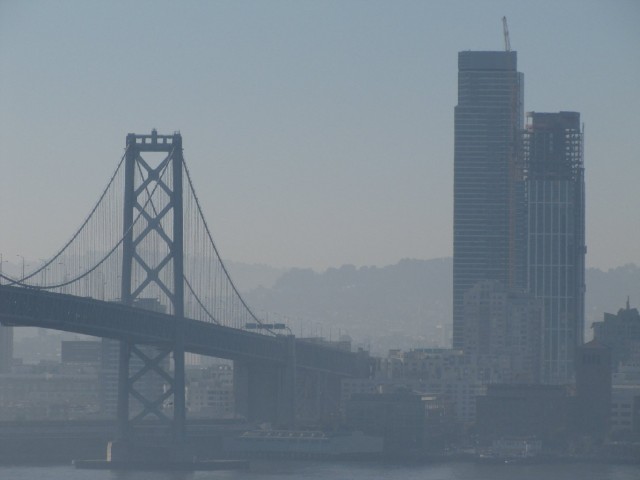
The California Air Resources Board heard a staff presentation in Sacramento on Thursday that shows most parts of the state are continuing to make progress in reducing air pollution. But the report also notes that 32 percent of Californians — more than 12 million people, mostly residents of the San Joaquin Valley and Southern California — live in communities where pollution still violates federal clean-air standards.
The report, embedded below, says the Bay Area is the only region in the state that meets both federal ozone and particulate pollution standards, though it still violates stricter state standards.
The presentation also noted the high number of "spare the air" advisories declared in the Bay Area and other regions -- with the worst pollution measured in the San Joaquin Valley -- due to our siege of calm, rainless weather and the lack of "vertical mixing" in the atmosphere. The CARB staff presentation says agency scientists are assessing the impact of the recent bad air on the state's long-term effort to meet federal air standards.
Here's a writeup from the Associated Press based on the Los Angeles Times story on the report:
Associated Press